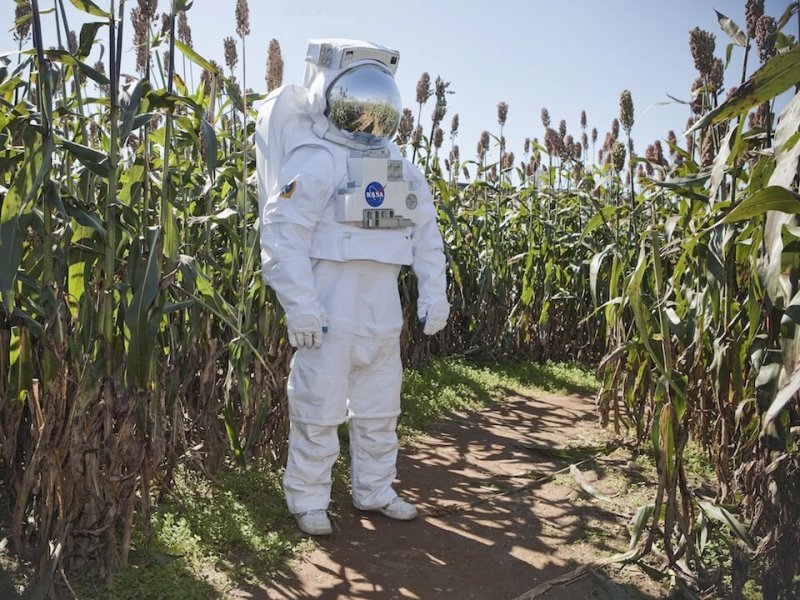Given that missions to the Moon, Mars, and beyond will not be able to rely on regular resupply missions, these habitats will also need to be as self-sufficient as possible. This means that water and air will need to be recycled and cleaned on an ongoing basis and that some food will need to be grown in-house.
This could be problematic, since space is a very harsh environment for all living things. And beyond the usual hazards, there’s a lot that we don’t know about food-production in space. But with a new era of human space exploration on the horizon, we are determined to find out!
[NASA’s Advanced Plant Habitat, or APA] system employs a series of LED lights and an environmentally controlled growth chamber equipped with over 180 sensors. This allows the APA to grow plants under optimal light conditions while relaying real-time information (temperature, oxygen content, carbon dioxide content, and water content of both plants and soil) back to the team at the KSC.
In 2019, the Israel-based company Aleph Farms (in collaboration with the Russian company 3D Bioprinting Solutions) grew the first meat in space. Using a process of bioprinting meat directly from bovine (cow) cells, the company produced a small quantity of beef aboard the ISS.
Looking to build on this success, the company announced a new program in late-October of 2020 to grow meat in space on an industrial scale.































